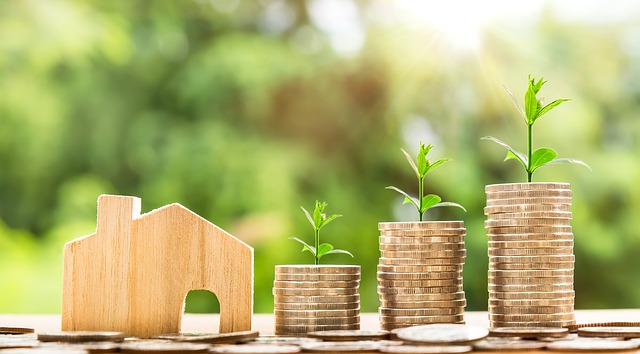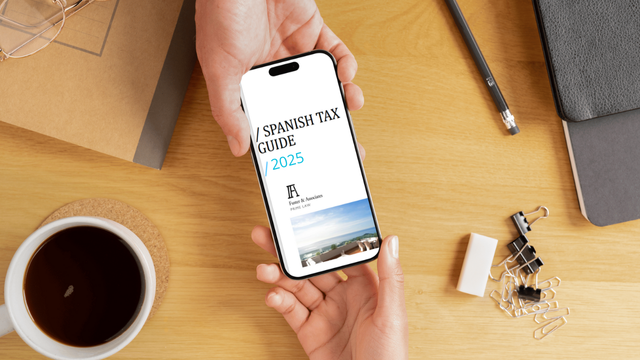According to research from Spanish bankers BBVA, investment in housing will account for 9.4% of GDP growth in 2017, with around 500,000 transactions expected this year.
The bank’s report goes on to suggest that national average property prices will see increases of around 3%, with an expected close of year rate of €1,570 per square meter.
Developers are likely to continue to respond to rising demand for homes in Spain, with some 80,000 new homes currently in the pipeline, representing a 20% increase in residential construction in the country.
Spain’s property market is now said to be in full recovery from the financial crisis that set property prices plunging in one of the most popular destinations for foreign property investment in Europe.
BBVA research economist Felix Lores said that the upward trend in the Spanish economy has had a positive impact on the real estate sector and increased construction is set to be of huge benefit in terms of the property market’s contribution to GDP.
14.5% more sales transactions recorded through May
Between January and May, 212,073 homes were sold, up 14.5% year-on-year and factoring in the 12 months leading to May increases the number of sales to 488,000 homes.
In annual cumulative terms, up to March 2017, growth exceeds the national average in Asturias, Baleares, Cantabria, Castilla-La Mancha, Catalonia, Extremadura and Madrid.
The worst performing region was La Rioja, where the annual cumulative sales fell by 3.2% in the first quarter and in Murcia, with an increase of 2.9%.
Demand is growing across all sectors of the property market, mainly driven by purchases of principal homes – up 20.8% – followed by foreign buyers at 15.3% and holiday or second home purchases at 13.1%.
The most impressive growth was seen in regions popular with foreign property buyers such as Tarragona province, home to the Costa Dorada, where there was more than a 52% increase in sales. There was also a big increase in Valencia City (+43%), Girona province, home to the Costa Brava (+42%), and Almeria province in Andalucia (+40%).
In contrast, sales were down 30% in Teruel – a beautiful, mountainous inland province of Aragon once tipped as a hotspot for foreign buyers and 15% in Murcia, which is particularly popular with British investors. The small decline in British buyers is most likely to be as a result of the uncertainty surrounding Brexit negotiations.
Increase in non-residential and rental property transactions
The non-residential and commercial sector accounted for 13,567 sales in the first quarter of 2017, representing a growth of 19.5% year-on-year.
Rental values have also rebounded, recording an increase of 9.5% according to data from Fotocasa. The report also shows an upward trend of households in rental properties since 2001, rising from 9.6% to 16.3% in 2016.
As further confirmation that renting is becoming more popular in Spain, research shows that home ownership declined from 84.7% in 2001 to 77% of the market in 2016.
Housing Bubble Unlikely Say BBVA
As for the possibility of a future “bubble”, BBVA Research economists say that the underlying fundamentals of the property market make it highly unlikely. This is because the overall correction in property prices during the financial crisis was a significant 40% and for that reason, overvaluation has been prevented. They go on to say that the accumulated price increase since the bottom of the market was reached has not yet increased as much as 5%, leaving plenty of room for further price increases in the future.
Both the advantageous financing costs, with a mortgage rate of around 2.2% and the rising foreign demand for homes in Spain are set to boost the market further over the next months.
Growth in the number of mortgages completed during the first five months of the year stood at 13.2% over the same period in 2016. Likewise, in this period, there was an increase of 16.8% year-on-year in demand for mortgage finance.





